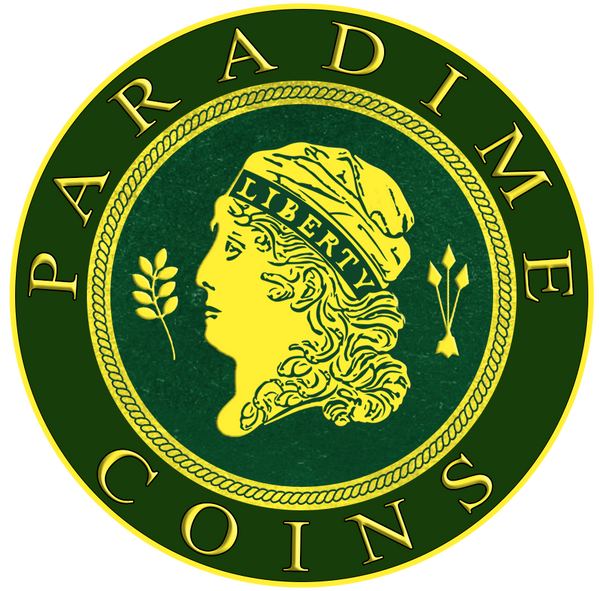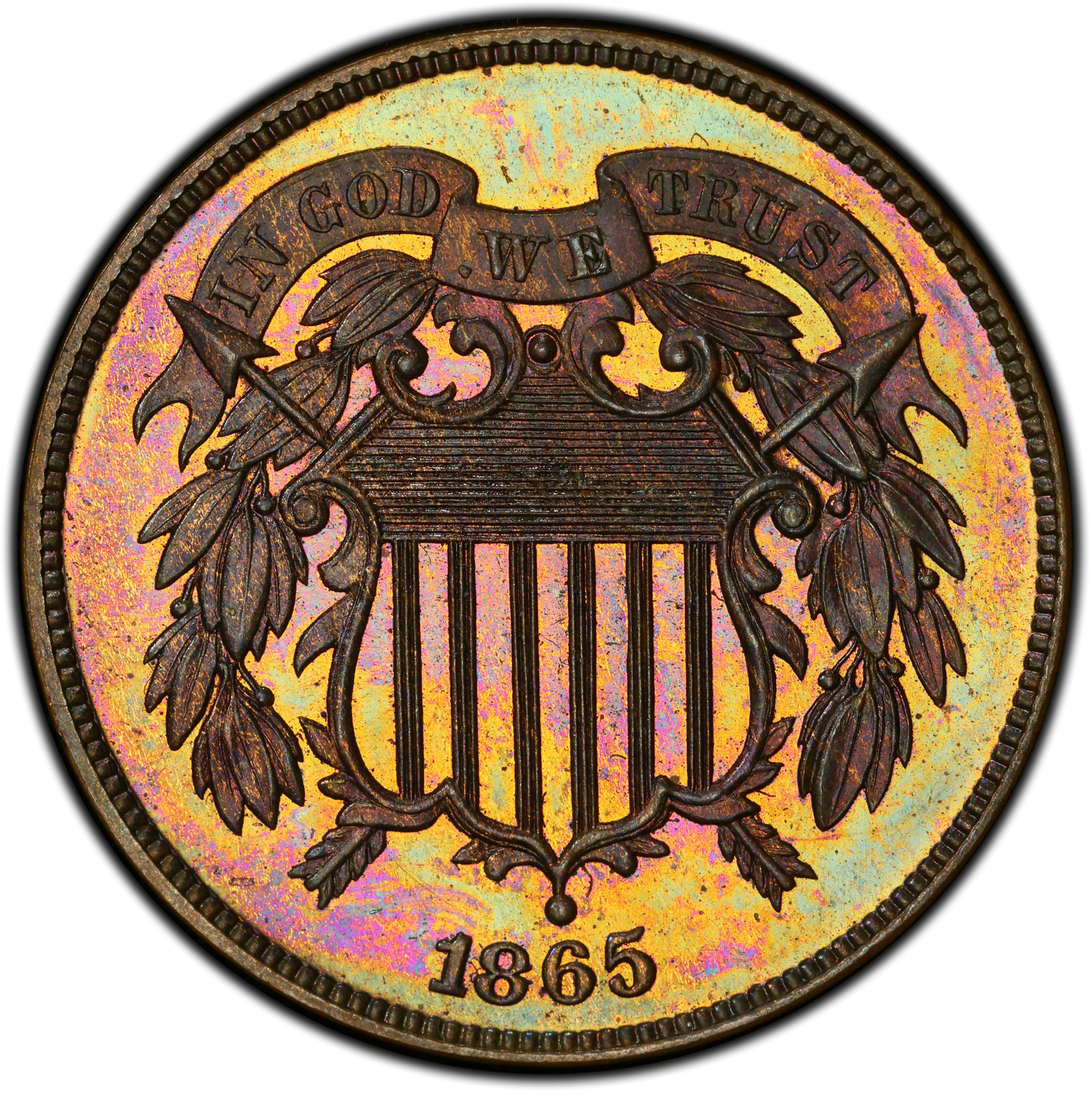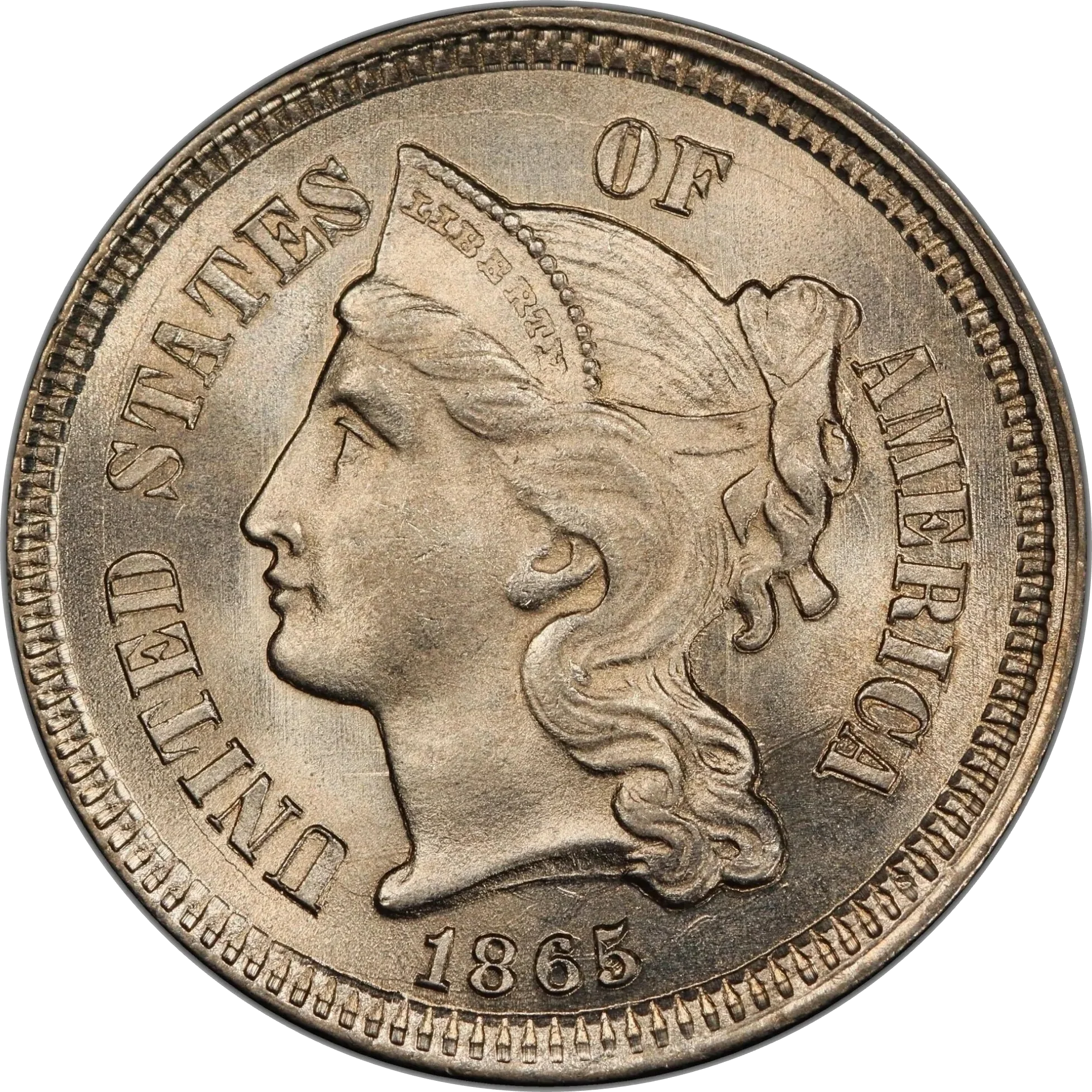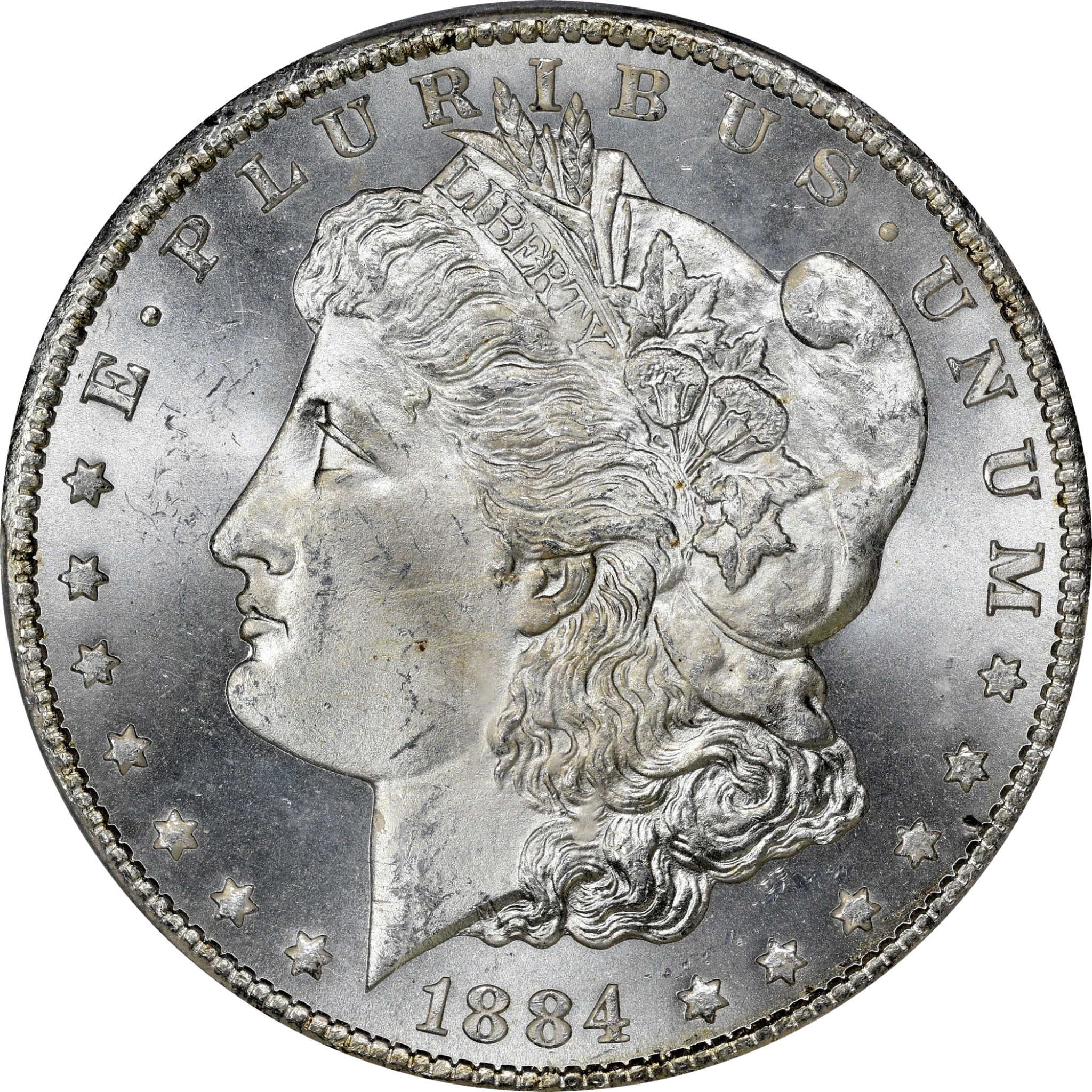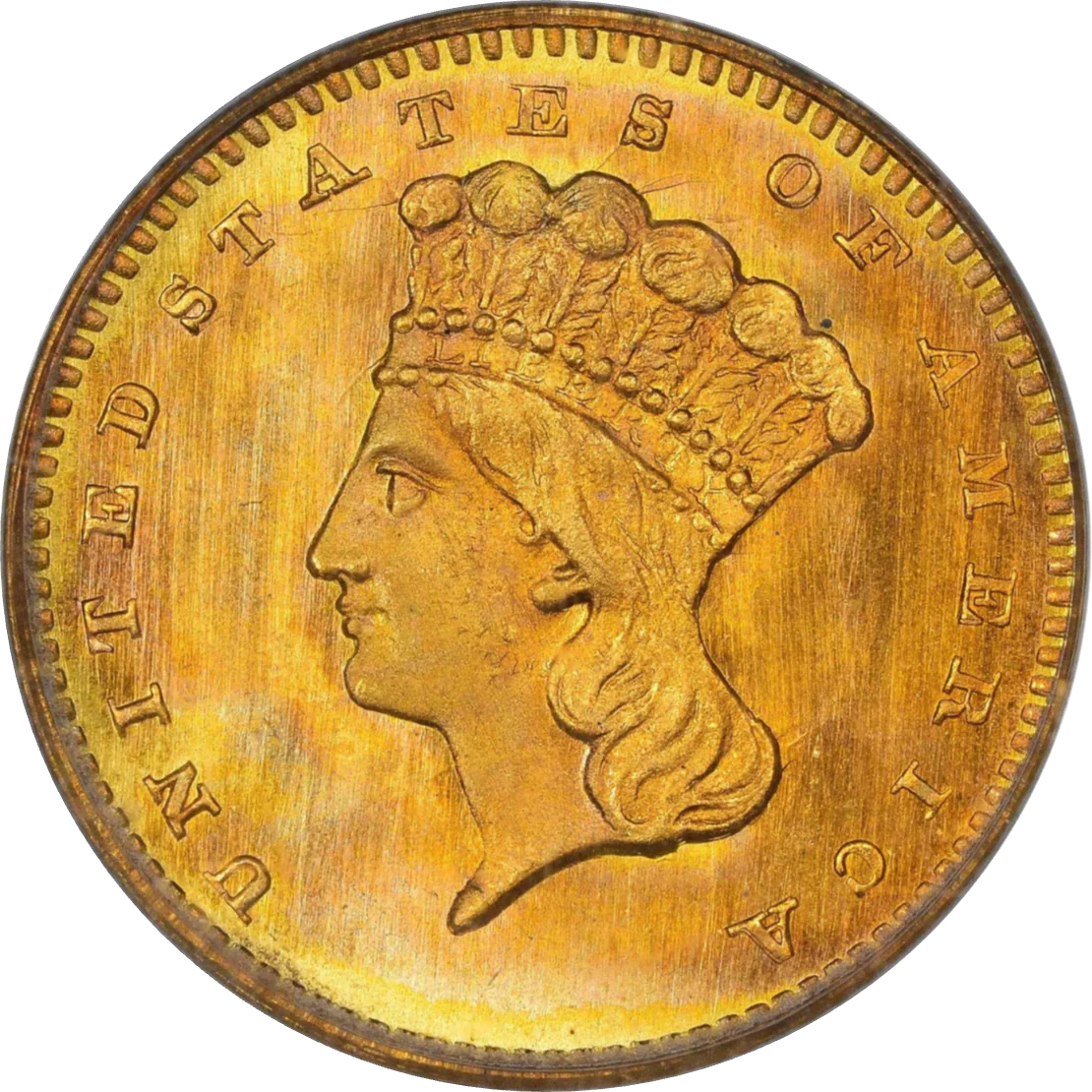Collection: Type 1, Small Eagle (Draped Bust Dollar)
-
1796 $1 LG DT SM LT XF45 PCGS CAC
Regular price $20,000.00Regular priceUnit price / per
Designed by: Robert Scot
Issue Dates: 1795-1798
Composition: 89.24% silver, 10.76% copper
Diameter: 39 to 40 mm
Weight: 26.96 grams (416.05 grains)
Edge: Lettered HUNDRED CENTS ONE DOLLAR OR UNIT
Business Strike Mintage: 123,434 (The Mint did not record the mintages of the 1798 Small Eagle and 1798 Heraldic Eagle separately, so we have excluded the ... Read More
Designed by: Robert Scot
Issue Dates: 1795-1798
Composition: 89.24% silver, 10.76% copper
Diameter: 39 to 40 mm
Weight: 26.96 grams (416.05 grains)
Edge: Lettered HUNDRED CENTS ONE DOLLAR OR UNIT
Business Strike Mintage: 123,434 (The Mint did not record the mintages of the 1798 Small Eagle and 1798 Heraldic Eagle separately, so we have excluded the 1798 mintage of 327,536)
Proof Mintage: None
1795 Draped Bust Silver Dollar – Small Eagle Reverse | First Year of Issue
The 1795 Draped Bust Dollar marks a foundational moment in early U.S. coinage, introducing the elegant Draped Bust Liberty design to the silver dollar denomination. Engraved under the direction of Chief Engraver Robert Scot, this design is widely admired for its refined artistry and historical importance. The 1795 issue is the first year of the Draped Bust series and features the transitional Small Eagle reverse, used only through early 1798.
Design Details
-
Obverse: A classical bust of Miss Liberty, inspired by Gilbert Stuart's idealized portraiture, faces right. She wears flowing drapery with tresses cascading to her shoulder. LIBERTY arcs above, the date 1795 is below, flanked by 15 stars—eight to the left, seven to the right—symbolizing the states in the Union at the time.
-
Reverse: The iconic Small Eagle, perched on a cloud and framed by an open laurel and palm wreath. The legend UNITED STATES OF AMERICA encircles the design. Notably, the denomination is absent, as was typical of early federal coinage.
Numismatic Significance
The 1795 Draped Bust, Small Eagle Dollar represents one of the scarcest and most coveted types in early American silver coinage. It was struck in limited numbers and survives today in far fewer quantities than its Heraldic Eagle successors. This historic one-year subtype is essential for advanced type set collectors, early dollar specialists, and connoisseurs of 18th-century U.S. coinage.
Rarity & Collectability
-
Grades Most Commonly Seen: Very Good to Fine, with circulated examples typically showing honest wear and original surfaces.
-
Scarcity in Higher Grades: Very Fine coins are occasionally available. Extremely Fine and About Uncirculated pieces are far rarer, and strictly Uncirculated examples are considered elite-level rarities.
-
Mint Characteristics: Most coins display adjustment marks—parallel file lines created at the Mint to ensure weight compliance. These do not impact grade and are considered part of the manufacturing process.
-
Strike Quality: As these were struck for commerce, not collectors, strikes vary considerably. Softness is often noted at the eagle’s head and wing tips, as well as along Liberty’s hair and lower curls.
Why Collect the 1795 Draped Bust, Small Eagle Dollar?
-
First year of the Draped Bust design on any U.S. coin
-
One-year reverse subtype makes it especially desirable
-
A centerpiece in any collection of early American silver dollars
-
Highly regarded by both type collectors and specialists alike
Whether you are building an advanced early dollar registry set or seeking a historically significant investment-grade coin, the 1795 Draped Bust Dollar with Small Eagle reverse stands as a pillar of U.S. numismatics.
... Read Less